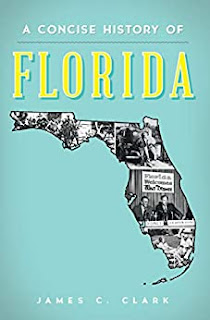Five Stars
Fire Over the Rock: The Great Siege of Gibraltar, 1779–1783 by James Falkner
The British Empire...The sun never sets on the British empire. This monumental story of the happenings that were traded off for political power in an insatiable land grabbing quest to seize every crumb of international commerce had no foreseeable limits.
I loved the book for its insightful visage of the powers at play and the evolutionary consequences that made these happenings world history.
By the way, the sun finally set on the British Empire.
EXCERPTS:
Great Britain was striving to suppress rebellion in North America. By the summer of 1779, British forces had been engaged for four years in what seemed to be the fruitless task of trying to remain in possession of the American colonies. Considerable attention also had to be devoted to securing important territories in the West Indies, and maintaining influence across the Indian Ocean. Without much doubt, had Great Britain not been so deeply engaged in the task of trying to fight a war in North America, Spain would not have tried to regain Gibraltar in such a fashion. This was particularly so as London had indicated, on several occasions, that the Rock was not really worth holding, and some subtle diplomacy by Madrid
The rapidly growing British Empire, still in comparative infancy in the 1770s, depended upon trade on the high seas, and security and ease of navigation through the Mediterranean was a key factor in this strategic endeavor. British trade interests in the spice and sugar islands of the Caribbean, across the Indian sub-continent, and in the Mediterranean, were of greater potential value and importance to Great Britain than holding on to rebellious and very unprofitable colonies in North America. No imperial power relished the loss of territory, Gibraltar is situated in Andalusia, the most southern province of Spain … a little world of itself,’ wrote John Drinkwater, a veteran of the years of the Great Siege.
Review by John M. Grimsrud
View John's author's page on Amazon.



